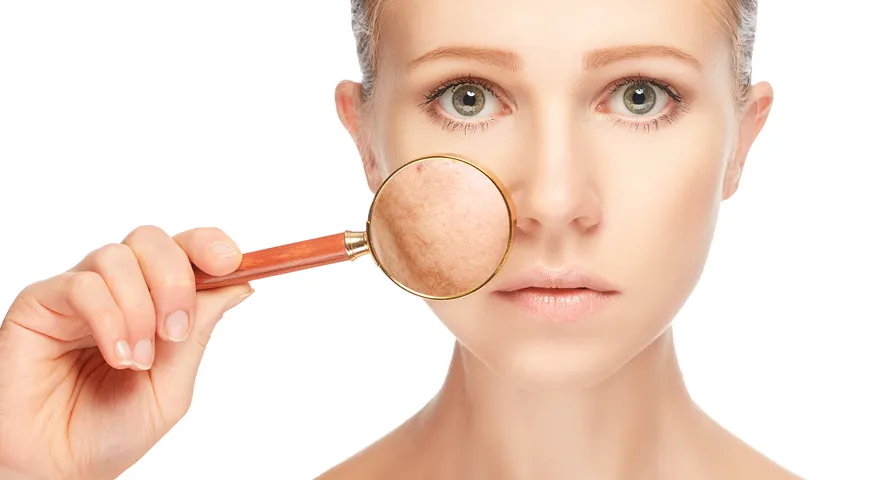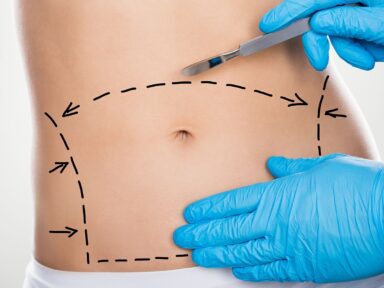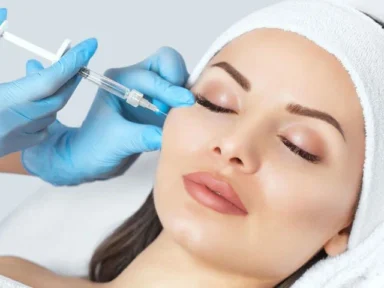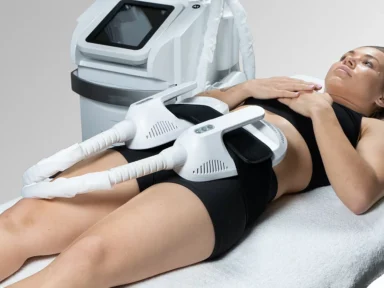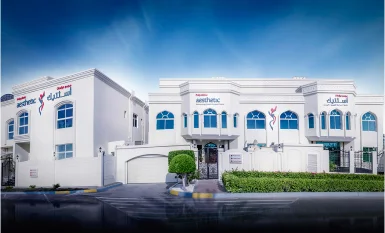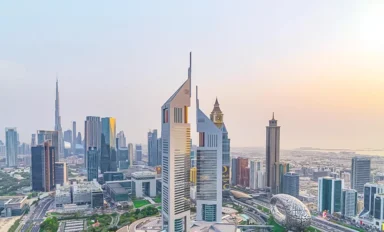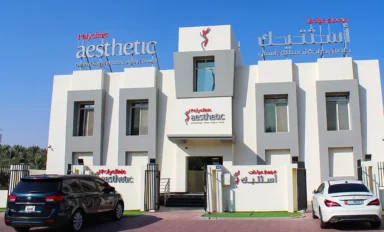Summary: During the struggle to have clear and bright skin, most patients find it difficult to have dark spots that may have gotten stubborn due to sun radiation or acne or maids caused by age. The most question we receive is whether these marks can really be removed by the use of modern pigmentation treatment. Laser technology skin surfacing is one of the latest skin rejuvenation methods that have proved to be among the best options of bypassing uneven tones and treating unremovable blemishes like acne, all forms of jiggles and to minimize further wrinkles on the skin. This blog will describe what is the pigmentation treatment, how the skin can be revitalized, the use of lasers in combat as well as spots on the eyes, and why clients at Aesthetic Polyclinic believe that these procedures are long lasting.
What is Pigmentation Treatment?
Pigmentation treatment refers to medical procedures designed to reduce or eliminate dark spots and uneven skin tones. These spots usually occur due to:
- Excess melanin production (hyperpigmentation)
- Acne scars that heal with discoloration
- Hormonal changes leading to melasma
- Prolonged sun exposure
- Natural aging
At Aesthetic Polyclinic, our specialists provide advanced pigmentation treatment tailored to each patient’s needs. The goal is to restore balance to the skin’s complexion, minimize unwanted dark spots, and improve overall texture.
How Does Skin Resurfacing Work for Pigmentation?
Skin resurfacing is a laser-based technology designed to repair damaged skin by targeting the deeper layers where excess pigmentation resides. It is especially effective for treating dark spots, acne scars, and fine wrinkles.
The Process of Skin Resurfacing:
- Consultation: A dermatologist looks at your skin and finds the kind of pigmentation therapy that would be effective in the treatment.
- Preparation: Before the procedure the skin is washed and prepared.
- Laser Application: The laser energy uses melanin clusters, which are broken down and the production of collagen stimulated.
- Healing Phase: The skin treated will naturally come back to be healed and new healthy cells will be generated to replace the old ones.
Results:
- Noticeable reduction in dark spots after the first few sessions
- Improvement in acne scars and skin texture
- Smoother, brighter, and more youthful-looking skin
- Long-lasting effects with proper aftercare
Timeframe:
Most patients begin to see visible results within 7–10 days, with full improvements continuing over the following weeks. A course of multiple sessions may be recommended for deeper pigmentation.
Why is Laser Pigmentation Treatment in Dubai So Effective?
The question which is frequently put through by the patients is whether skin resurfacing used in pigmentation treatment is truly useful or not. The solution can be found in the accuracy of the technology. Laser skin resurfacing cares the surface of the skin more deeply than topical creams, which only lighten the skin more slightly, in order to treat the underlying reason of the dark spots and the acne blemishes.
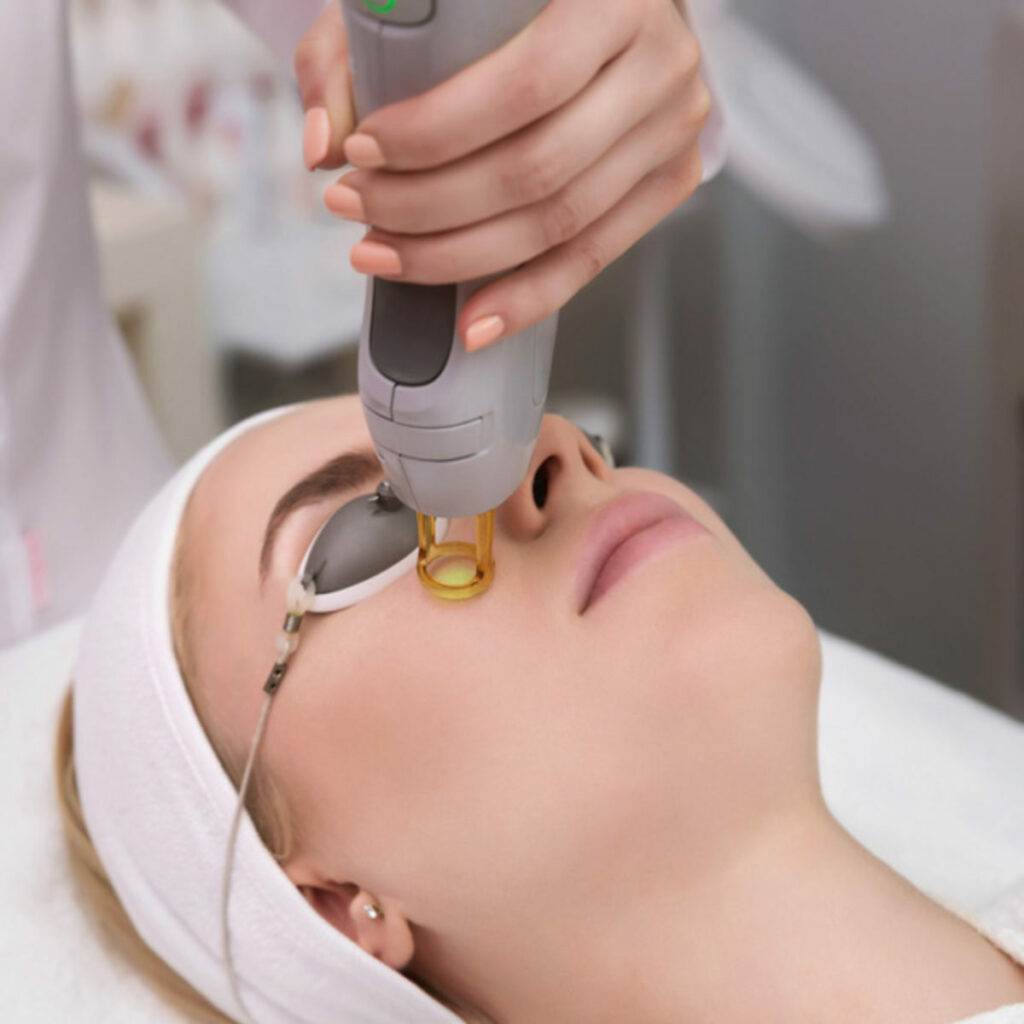
Key Benefits:
- Attacks melanin without harming the surrounding skin.
- Activates new collagen to rejuvenate in general.
- No or little discontinuity over the conventional method.
- Good on various issues: dark spots, sun damage and acne scars.
At Aesthetic Polyclinic, we do not use any specific formula to apply to pigmentation and ensure the effectiveness of each method is on each particular skin, and the safety is preserved.
FAQs
1. What is pigmentation treatment and who is it for?
Pigmentation treatment is a medical therapy used as treatment against patients with dark spots problem, sun damage or are faced with an acne scar. It is perfect when you are intending to have smooth and healthy skin.
2. How does laser skin resurfacing reduce dark spots?
Laser relationships Sure skin resurfacing in the skin to damage the extra melanin, flourish dark spots and stimulate the regeneration of the new skin to introduce to the texture of the skin.
3. Is pigmentation treatment painful?
The majority of the patients take pain during pigmentation therapy only lightly. Skin resurfacing is done with prior application of numbing creams in order to cause comfort.
4. How many sessions are needed to treat acne scars and pigmentation?
Patients can undergo several sessions depending on the severity of the dark spots and acne. The outcomes improve progressively with the sessions.
5. Can pigmentation return after treatment?
Although pigmentation treatment and skin resurfacing provide long-term effects, it is important to protect the skin and maintain proper skincare to eliminate the outbreak of dark spots.
6. How long is recovery after laser resurfacing?
The recovery period can take anywhere between days but the majority of patients are able to resume regular activities in the span of few days. The visible outcome of the pigmentation treatment is healed within 12 weeks.
Conclusion
Dark spots and acne scars may be a source of low confidence and skin problems but one of the most effective solutions to this is with some effort to improve and fix the skin through advanced treatments that involve pigmentation in Dubai, and laser skin resurfacing is considered highly effective as a way to address such problems. This process not only focuses on the surface discolour, but will also enhance the deep cells renewal to attain more bright, even tones, skin. In Aesthetic Polyclinic, our team of professionals integrates a combination of health care knowledge with state-of-the-art equipment to provide each patient with a safe and unique care delivery. It doesn’t matter whether it is due to the dark part or sunburn or acne redness and one thing is that resurfacing is the part of the installment pigmentation program that will enable you to reauthenticate a clear and radiant skin.
